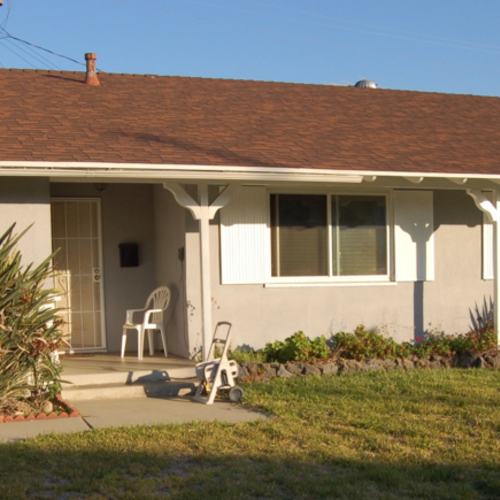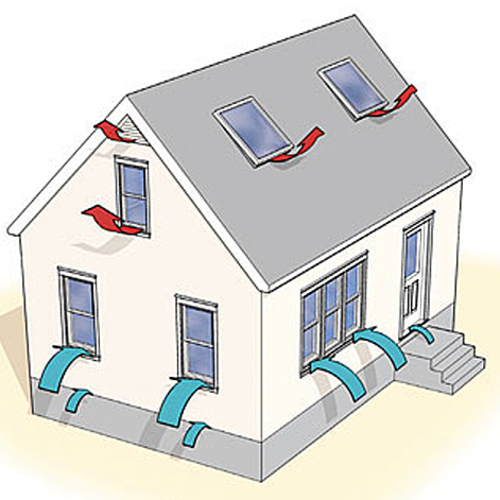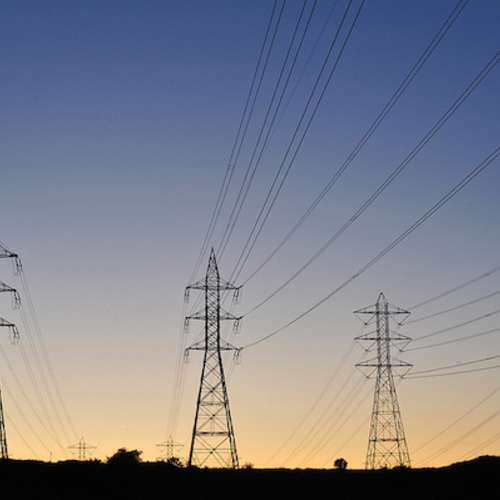
An average American family uses more than 300 gal. of water a day, according to the U.S. Environmental Protection Agency (EPA), more than half of which will eventually exit showers, sinks, and the washing machine. In most households, “greywater” from these sources leaves the house in the same drain as the “blackwater” from flushing toilets, and that’s where Laura Allen has a bone to pick with conventional attitudes.
Allen, who helped found an educational non-profit called Greywater Action, has spent the last 20 years promoting residential plumbing systems that capture greywater and use it for landscape irrigation. She wishes more builders, plumbers, and homeowners would embrace the idea that greywater is a valuable and underused resource—not sewage.
“Some people are really entrenched in that mindset,” Allen said in a telephone call from her home in Oregon. “And now we’re saying: Take out this stream of what you say is wastewater and put it out in your landscape. It goes against what a lot of people consider fundamental training. For some people, it can be really challenging to acknowledge that.”
Residential greywater systems run the gamut from simple, gravity-powered irrigation lines for backyard plantings all the way to fully automatic devices that treat greywater for flushing toilets or topping off the backyard swimming pool. There is no national policy on greywater use. The EPA offers some general information about water reuse and conservation, but greywater regulations are on a state-by-state basis. In some states, homeowners can install simple systems without a permit and for relatively little money. In others, an engineer’s stamp may be required to get greywater plumbing approved by local inspectors. Only about half of all states have adopted rules guiding the design of greywater systems.
Although greywater isn’t loaded with the same kind of bacteria…
Weekly Newsletter
Get building science and energy efficiency advice, plus special offers, in your inbox.

This article is only available to GBA Prime Members
Sign up for a free trial and get instant access to this article as well as GBA’s complete library of premium articles and construction details.
Start Free TrialAlready a member? Log in















4 Comments
How forgiving are these systems to a household with small children who might, say, turn bathwater into black water on rare occasion (thankfully hasn't happened here, but it seems like a system needs to assume that this will happen)? Or, we use reusable diapers. Most of the waste is sprayed into the toilet but I'm sure there is some residual going into the washing machine on a regular basis. Basically I like the idea of these systems but I worry about their robustness to what might go down the drain.
Hi Paul...I can give you two answers:
1)Here in California, all code compliant greywater systems have a diverter valve, which lets you choose whether you send greywater to the garden or to the sewer. It's often recommended that loads of laundry with bleach or dirty diapers be directed to the sewer.
2)That being said, I am currently living with a 2 year old, reuseable diapers, and a branched drain greywater system. It's really not a problem for me...branched drain systems use identical pipe to your house's wastewater plumbing (sloped ABS/PVC) which is intended to move solids along with the liquid. The laundry to landscape systems have a 1" poly pipe that moves the greywater and has a little help from the washer's pump. In practice there are very few clogging issues with these system types, and they have seen a lot of implementation over decades, at least out here.
Even in households without the diaper issue, there is always 'stuff' in greywater, hair for example. When I installed systems, I recommended maintenance every 1-2 years to confirm that the water is moving well. Clogs in most systems result in uneven irrigation, with more greywater going to one mulch basin than the others.
What happens in winter? Does everything go to the septic system? If the frost line is two or three feet down, do you bury the distribution lines that deep?
Lauren,
Greywater systems typically have a three-way valve that allows greywater to be diverted to the sewer line when it can't be sent outdoors for irrigation. Sub-freezing weather would be one of those times.
Log in or become a member to post a comment.
Sign up Log in